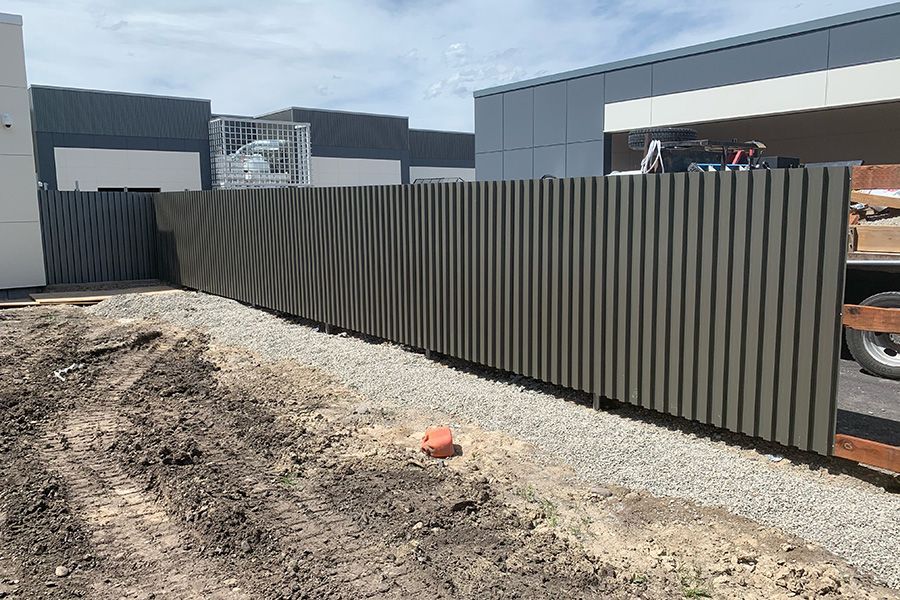Understanding Vinyl and Wood Fencing
Choosing the right fence for your home often comes down to two popular materials: vinyl and wood. Each has unique pros and cons, and your decision will depend on various factors like budget and aesthetic preferences.
In this article, we’ll compare the key features of vinyl and wood fences to help you make an informed decision.

Pros and Cons of Vinyl Fences
- Durability: With excellent resistance to weather conditions, pests, and rot, vinyl fences are built to last.
- Low Maintenance: Because vinyl doesn’t need painting or staining, it requires very little upkeep, making it a hassle-free option.
- Cost: While the upfront cost can be higher, the long-term savings on maintenance make vinyl a cost-effective option over time.
- Drawback: Vinyl fences offer fewer color and style options, which might limit customization to match your home’s aesthetic.
Wood Fences: The Good and the Bad
- Aesthetic Appeal: Wood fences are loved for their classic, natural beauty, and they can be customized with different stains or finishes.
- Cost: Typically, wood fences are less expensive upfront compared to vinyl.
- Maintenance: Regular painting, staining, and repairs are necessary to prevent rot, warping, and pest damage.
- Lifespan: The lifespan of a wood fence can be shorter, particularly in areas that experience harsh weather or humidity.
Cost Breakdown: Vinyl Fencing vs. Wood Fencing
The initial cost of a vinyl fence is often higher than that of a wood fence. However, vinyl’s low maintenance requirements can save you money in the long run. Wood fences, while cheaper to install, may require frequent upkeep, which can add up over time.
Vinyl offers long-term value, especially for those looking for minimal upkeep, while wood may be more affordable for those on a tight budget or with temporary needs.
Sustainable Fencing: Wood or Vinyl?
Wood fences are often considered more eco-friendly because they use a renewable resource. However, treated wood can contain chemicals that are less environmentally friendly. On the other hand, vinyl is not biodegradable, but its longevity reduces the need for replacements, lowering its environmental footprint over time.
Consider sourcing sustainably harvested wood or recycled vinyl for a greener choice.
